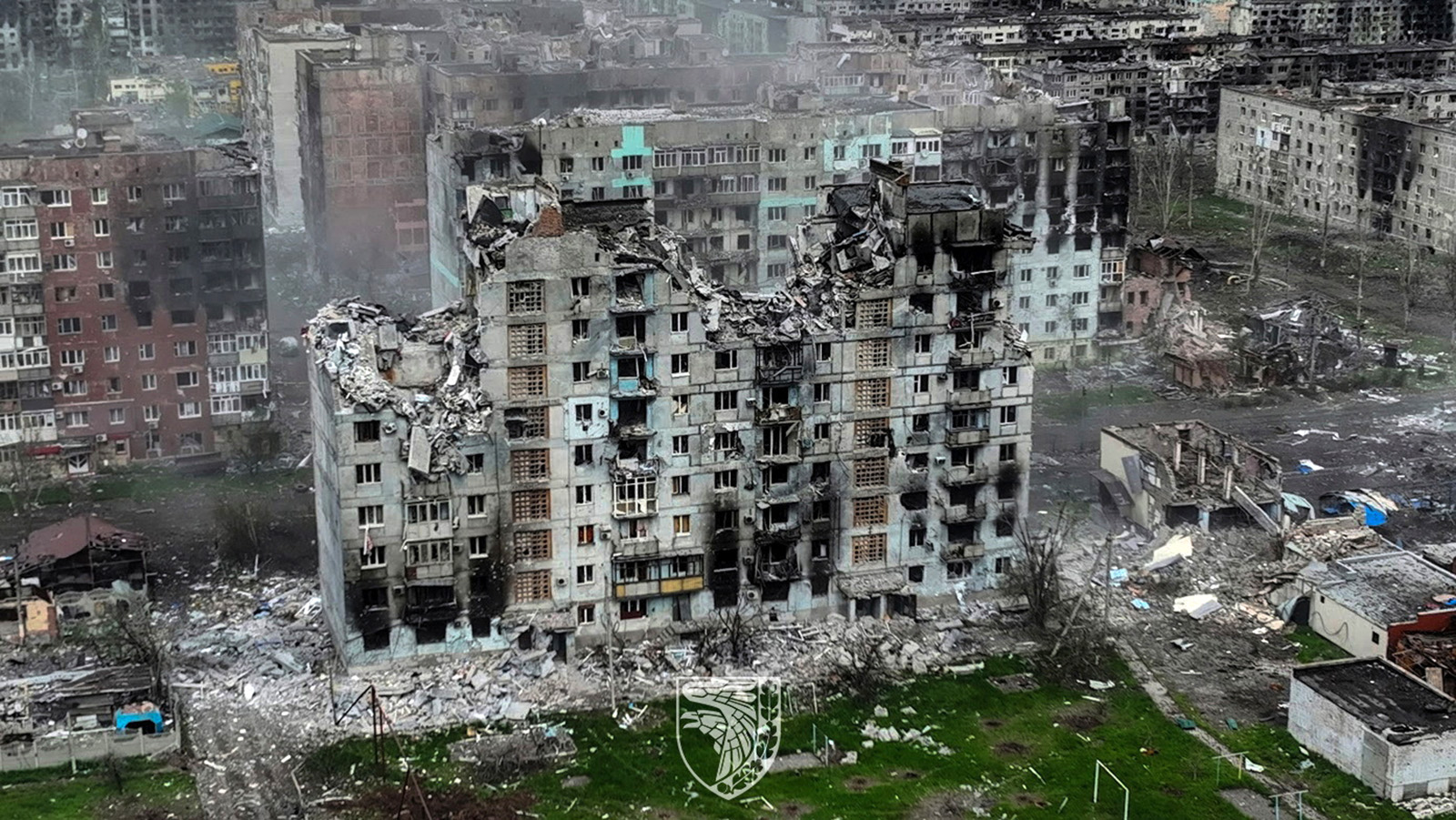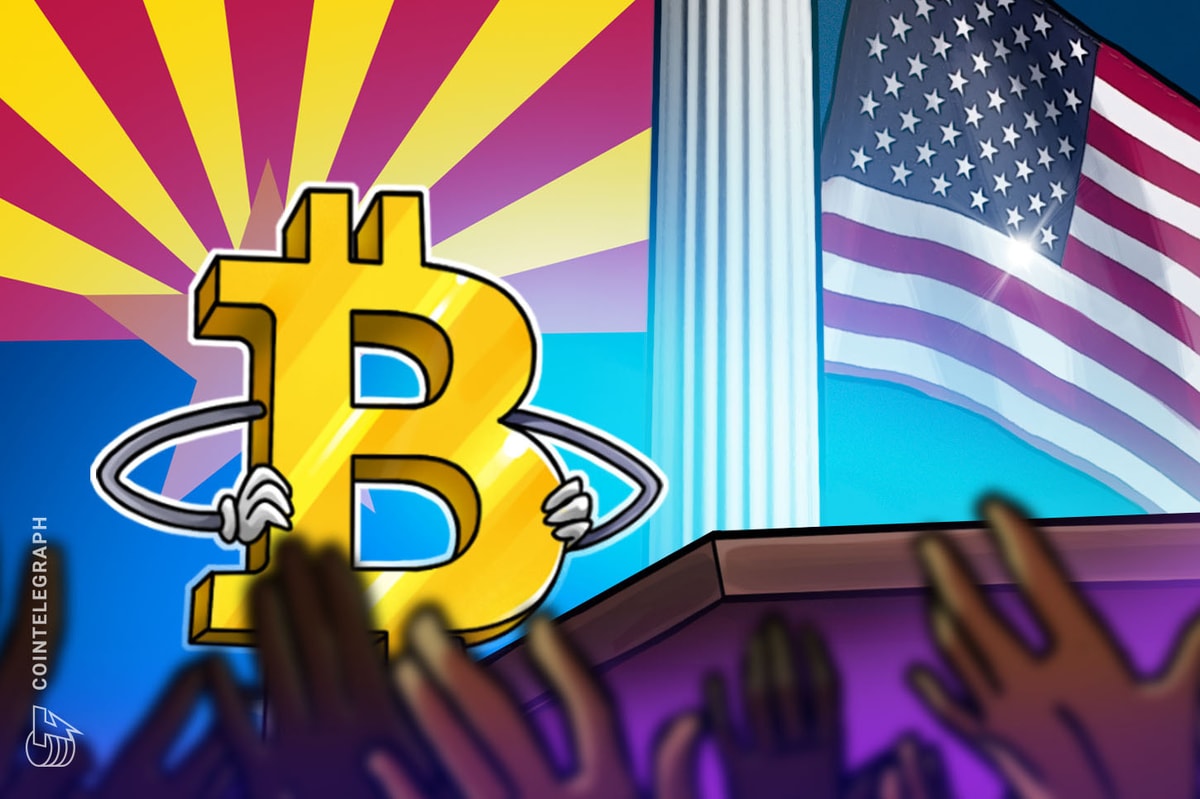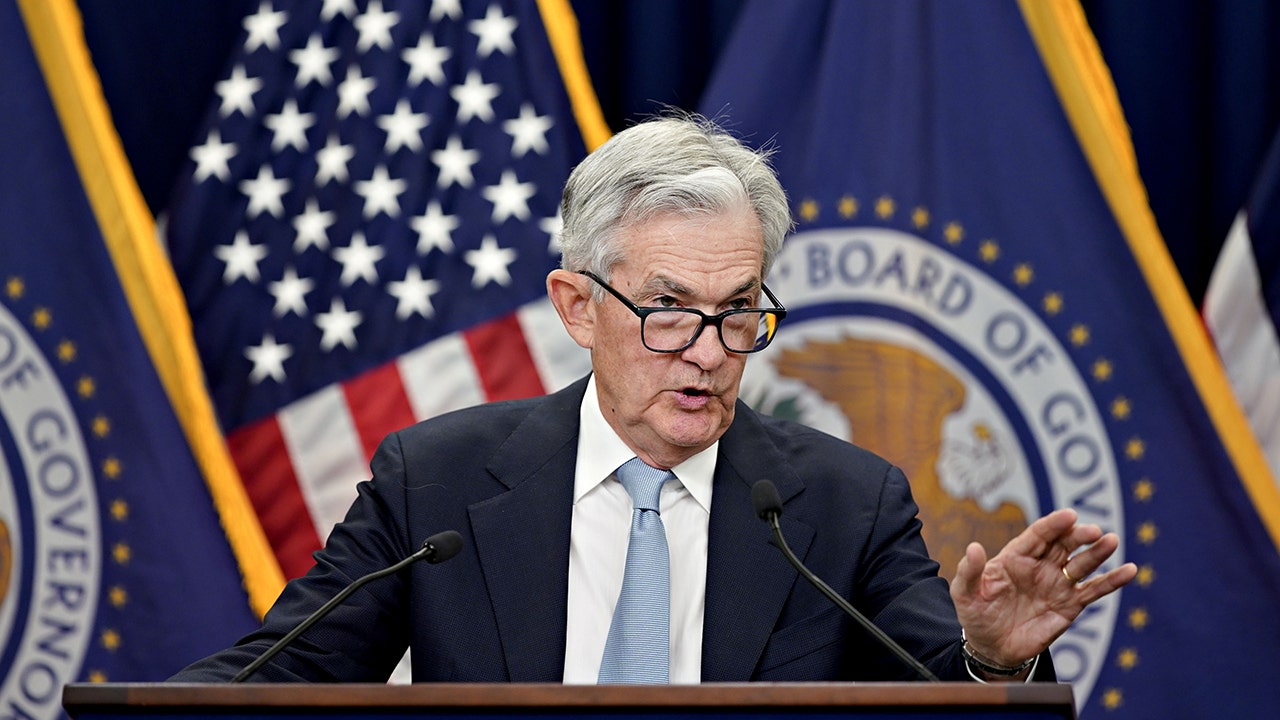Okay, let’s cut through the noise. The situation in Ukraine remains a brutal stalemate, and frankly, anyone expecting a swift resolution is living in fantasy land. Vice President Harris just bluntly stated what many of us already knew – this isn’t going to wrap up anytime soon.
We’re seeing persistent sticking points in negotiations, with the US acknowledging significant disagreements between Kyiv and Moscow. Meanwhile, Russia’s actively fortifying its position, establishing a ‘security zone’ in the Sumy region…because ‘security’ is always the justification, isn’t it?
But here’s where things get really interesting from a financial perspective. Europe is reportedly gearing up to hand over billions in frozen Russian assets to Western investors. Seriously? This is a dangerous precedent, and we’ll be diving deeper into the precedent and ramifications of this move in the coming days. It’s effectively weaponizing finance, and it’s a move loaded with risk.
On the Ukrainian side, the push for resources continues. A minerals agreement with the US is moving forward, bypassing parliamentary approval – a rather convenient shortcut, if you ask me. Debate is scheduled for May 8th. This illustrates a frantic race to secure crucial materials.
Hungary’s Prime Minister Orbán is throwing a cold splash of reality on the EU expansion fervor, warning that Ukrainian membership would bankrupt his country. Someone’s speaking truth to power, even if it’s inconvenient.
And, of course, the military aid keeps flowing. The US is considering another $310.5 million in weaponry. NATO is now contemplating a substantial increase in defense spending—a proposed 3.5% of GDP, plus an extra 1.5% for related projects. Talk about a spending spree.
Finally, whispers of new sanctions against Russia are circling, targeting natural resources and banking. However, even that isn’t a sure thing with Trump still holding back. This whole situation is a tangled web of geopolitics, financial maneuvering, and uncertain outcomes.
Let’s break down a few key terms and concepts:
Frozen Assets: These are funds belonging to Russian entities held by Western financial institutions, blocked due to sanctions. Seizing them is legally and ethically complex.
GDP (Gross Domestic Product): A measure of a country’s economic output. Increasing the percentage of GDP allocated to defense signifies a significant shift in national priorities.
Sanctions: Economic penalties imposed on a country to influence its behavior. Often target specific sectors like energy or finance. These have far-reaching impacts, both intended and unintended.
Geopolitics: The influence of geography on political and military affairs. The Ukraine conflict is a perfect illustration of how geographic factors drive international relations and conflict.







